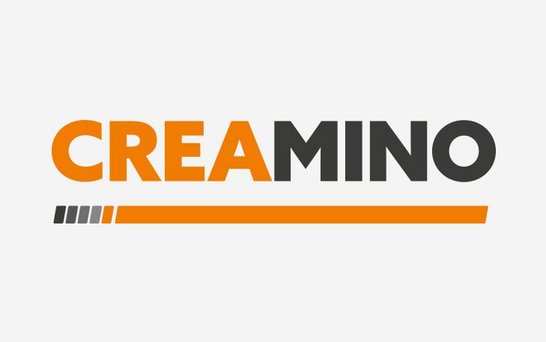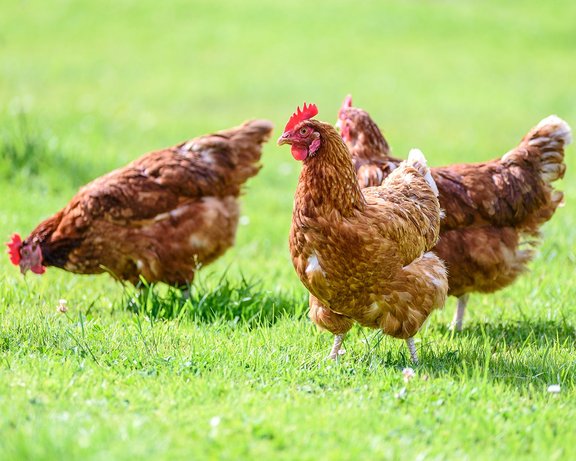Feed cost savings with Creamino®
In recent months we have seen global feed ingredient markets in turmoil. Pricing has become very volatile, unreliable and there was only one strong trend: prices going up!
Analysts predict that feed ingredient costs will stay high, while downward pressure on meat prices will continue. Producers find themselves between a rock and a hard place.
Some producers panic-react by taking out all ingredients which do not seem to be 100% essential. Panic is never a good guidance.
The challenge for professionals is to reduce feed cost, while maintaining production performance and product quality. The right mix of ingredients and additives has to keep you flexible enough to react to short-term changes of customer requirements, keep cost low and quality high.
One way of achieving this is to use feed additives, which offer an energy sparing option without compromising product quality.
At Alzchem we are seeing an increase in the number of customers using the energy sparing effect of Creamino® to lower feed costs.
The following strategies have proven to be successful
- Energy sparing with Creamino®. Standard feeding recommendations for Creamino® (guanidinoacetic acid) are to add it on top of broiler diets at a 0.06% inclusion rate. If we consider its arginine sparing effect and energy value (50-100kcal depending on species and diet), however, it is possible to include these values in your ingredient matrix allowing for a reduction in protein and energy supplying ingredients. The energy saving with Creamino® will typically give you an ROI of 3-5.
- Decrease the margin of safety in feed formulas. Most nutritionists have a margin of safety built into their feed formulas to account for things such as ingredient variability, variable housing conditions and management practices and health challenges. Are the risks involved with lowering the safety margin acceptable in order to lower overall feed costs?
- Reduce/eliminate the use of certain feed additives. Often times, feed formulas contain certain ingredients that while beneficial under some conditions may not be completely necessary. Would you remove them from some or all of your diets in order to reduce costs?
- Implement strategies to maximize production efficiency. Let us consider a feed additive you tested some months back that showed a reduction in FCR of 3 points. Based on the cost of the additive and the expected return on investment, the decision was made not to incorporate it into your diets. Is it time to revisit that decision considering the value of a 1 point improvement in FCR is different now than it was then? Remember as feed costs increase, the value of improvements FCR increase as well and increases in FCR become more costly.
One exercise you can undertake with customers is to look at competitive pricing in their feed formulation software. In short, a competitive price is the price at which an ingredient will be pulled into the formula. With Creamino®, different matrix values for energy could be assigned (50 – 100 kcal/kg) which would change the competitive price. Pricing for primary energy sources such as corn and/or vegetable oil can also be changed to see how they affect the competitive price of Creamino®. While this approach lessens or discounts the many benefits of Creamino®, we all have customers who are driven by costs and competitive pricing analysis provides an opportunity to engage with those customers.
If you want to discuss your specific case, please get into contact with us, we are very happy to support you:


